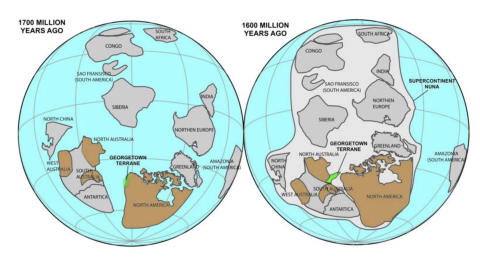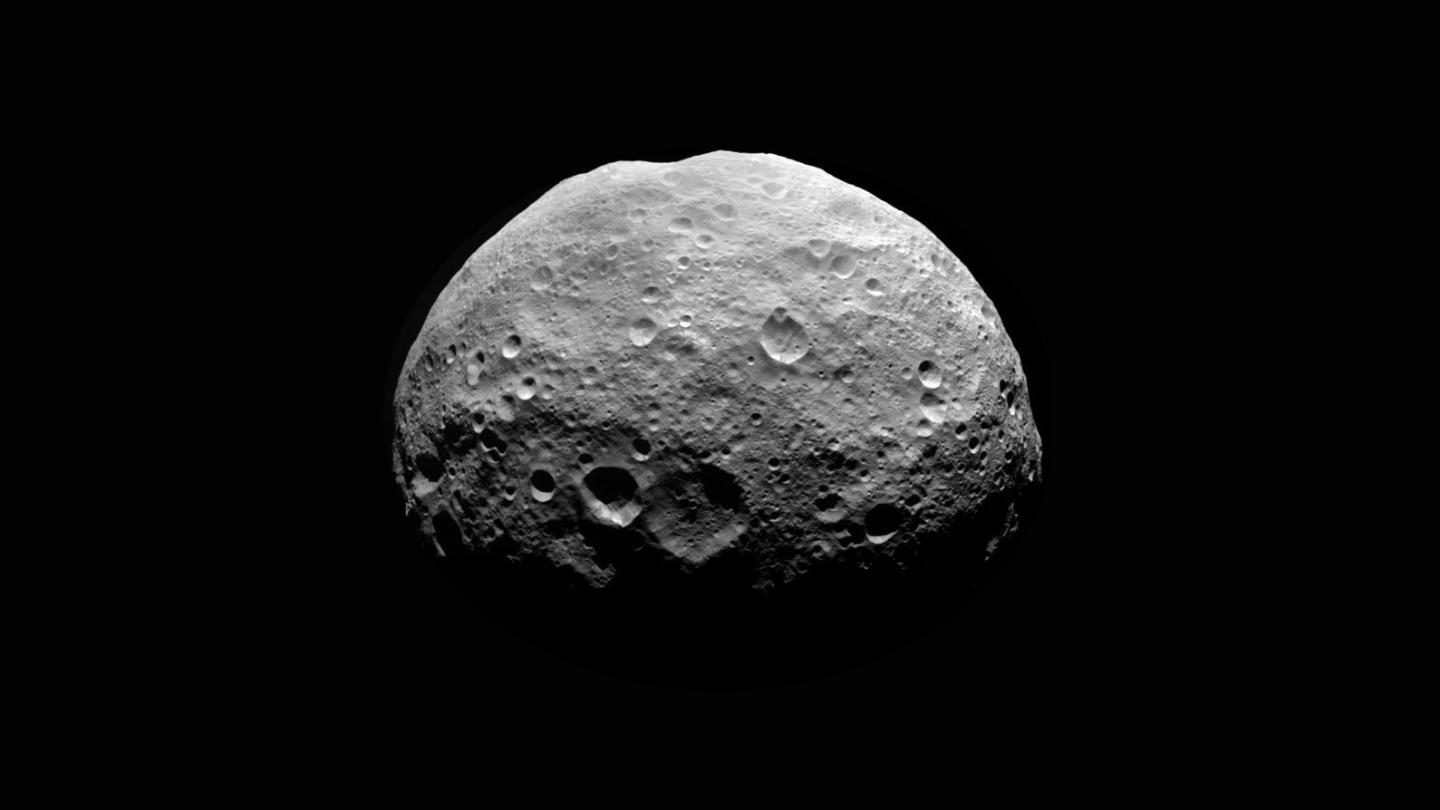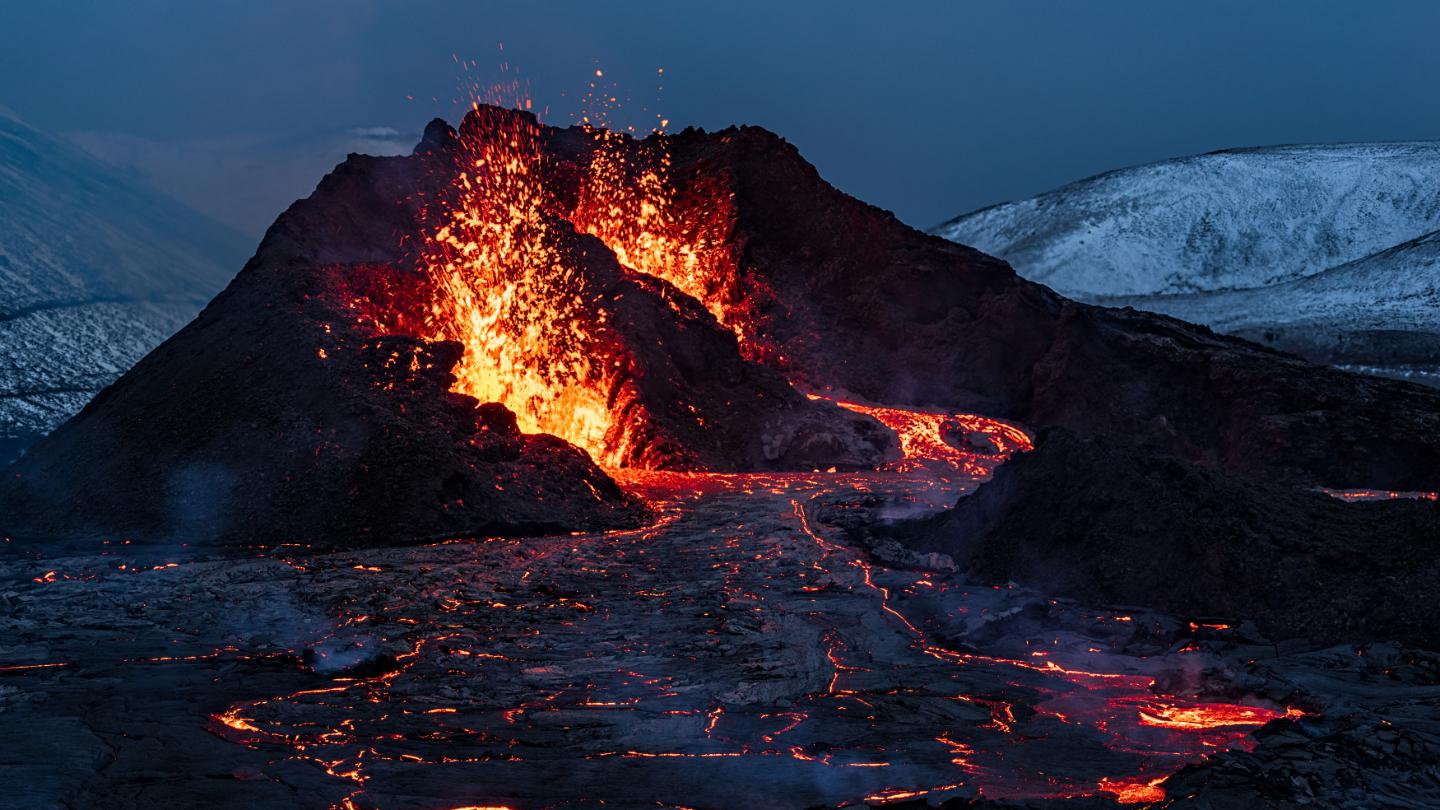A chunk of North America found sticking to Australia

Geologists from Australia’s Curtin University made the surprising discovery that a part of Australia was once attached to North America.
By comparing sandstone sedimentary rocks from the Georgetown region of Northern Queensland in Australia to rocks in present-day Canada, researchers concluded that they were very similar and that the Georgetown area broke off from North America about 1.7 billion years ago. And a 100 million years after that, this landmass crashed into what is now the Mount Isa region of northern Australia.
Doctoral student Adam Nordsvan from Curtin University, who led the study, explained that at that point in time a “global continental reorganization” took place and all of Earth’s continents assembled into a supercontinent called Nuna.
“The team was able to determine this by using both new sedimentological field data and new and existing geochronological data from both Georgetown and Mount Isa to reveal this unexpected information on the Australia continent,” elaborated Nordsvan.
When the supercontinent Nuna broke apart 300 million years later, the Georgetown area remained stuck to Australia while North America drifted away.
If you’re keeping score with Earth’s supercontinents, you might have heard about Pangaea. That came later, after Nuna, and “only” 300 million years ago.
Along with identifying the origin of the Georgetown area, the scientists also found that the collision of landmasses produced a mountain range in the area, as pointed out the study’s co-author Professor Zheng-Xiang Li.
“Ongoing research by our team shows that this mountain belt, in contrast to the Himalayas, would not have been very high, suggesting the final continental assembling process that led to the formation of the supercontinent Nuna was not a hard collision like India’s recent collision with Asia,” said Professor Li.
He added that their finding is instrumental in figuring out how Earth’s first supercontinent Nuna likely formed.
You can read the new study here, in Geology.





